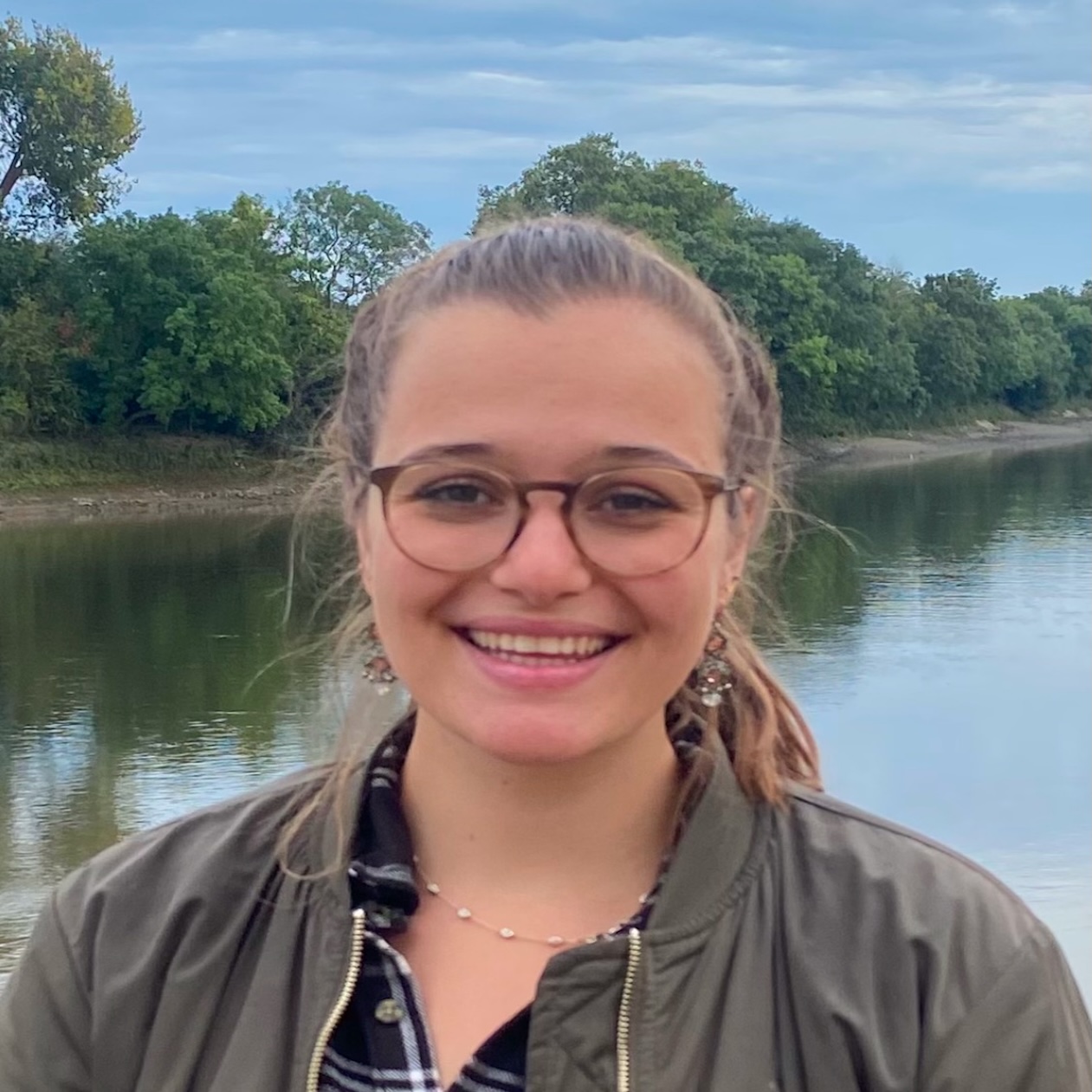Teaching Staff
Members of the Translational Machine Intelligence Lab delivering this module:
Alumni
Past members who helped prepare and deliver this module:
We would like to thank Alex Capstick, Yu Chen, Marirena Bafaloukou, Anastasia Ilina, Tianyu Cui, Ruxandra Mihai, Olivia Li, and Francesca Palermo.
Content
Deepen your understanding of machine learning as applied to neuroscience. This course will cover supervised and unsupervised techniques as well as classic machine learning methods and deep learning.
What will you do in this course?
This course will explore machine learning methods with a discussion on their use in neuroscience. We will cover several aspects of machine learning, from classical methods to deep learning.
By the end of this module, you will be able to:
- ILO 1: Critique and contrast machine learning techniques and analyse the problem settings within which they are particularly useful.
- ILO 2: Develop machine learning models by applying common machine learning libraries and tools.
- ILO 3: Apply practical computational and machine learning techniques to analyse data from a variety of sources and interpret the results.
- ILO 4: Plan and implement neural networks to develop end-to-end solutions for data analysis problems.
- ILO 5: Justify the choice of applied machine learning models based on their appropriateness for the problem, ability to generalise and limitations.
Essential Course Material
Before taking this module, we advise that you work through the following video tutorials:
(Videos and slides for the Python tutorial are created by Nan Fletcher-Lloyd, Iona Biggart, and Antigone Fogel)- Video tutorial 1: Installing Anaconda (video) (slides)
- Video tutorial 2: VScode and Jupyter Notebooks (video) (slides)
- Video tutorial 3: Python and Machine Learning in Neuroscience (video) (slides)
- Video tutorial 4: Data Types and Structures in Python (video) (slides)
- Video tutorial 5: Lists & Dictionaries (video) (slides)
- Video tutorial 6: NumPy Arrays (video) (slides)
- Video tutorial 7: Pandas Dataframes (video) (slides)
- Video tutorial 8: Plotting Pt. 1 (video) (slides)
- Video tutorial 9: Plotting Pt. 2 (video) (slides)
- Video tutorial 10: Conditional Statements (video) (slides)
- Video tutorial 11: For Loops (video) (slides)
- Video tutorial 12: User-defined Functions (video) (slides)
- Our Journeys (video)
If you have any trouble installing anaconda or VSCode, please do not hesitate to contact us.
We also suggest that you complete the Python for Beginners Tutorial. If you have any difficulty/questions arising from this, we would be happy to work through these with you during the first lab.
Reading List
A good place to start is Kevin Murphy's book on Probabilistic Machine Learning. You might find it helpful to read the following sections:
- The Introduction
- Foundations: Probability: Univariate Models
- Foundations: Linear Algebra
If you get through this list and would like some additional reading, let us know and we can recommend more!
Optional Course Material
In addition to the essential course material, a knowledge of linear algebra, probability theory and calculus will give you the best chance of success.
- Linear Algebra Tutorial (Adapted from Kevin Murphy's linalg.ipynb Tutorial): Linear Algebra Tutorial.ipynb
- Normalisation, Scaling, and Imputation: Normalisation Scaling Imputation.ipynb
- Pytorch Tutorial: Pytorch Tutorial.ipynb
Assessments
What are you being assessed on?
We will assess your ability to apply the knowledge you haved learnt during the lectures. Questions will test your understanding of key machine learning concepts as well as your ability to apply machine learning methods in Python to a series of real-world problems.
How will this be assessed?
Throughout this course, your assessment will include two pieces of coursework: Assessment one comprises two parts, both of which will be completed during lab sessions. The assessment criteria will be provided. In Assessment two, you will be given a real-world dataset from a clinical study. You will need to develop analytical model(s) to predict a clinical outcome, write the code, perform the evaluations, and report the results. Your code/model will be assessed based on model development choices and standard performance evaluation metrics. The project will also be evaluated based on its performance on a held-out dataset.
Schedule
All lectures are recorded, but the labs will not be.
♦: Guest Lecture: Introduction to Pytorch, Iona Biggart
♣: Guest Lecture: Building a Machine Learning Model for Predicting Pathways and Trajectories in Alzheimer’s Disease, Antigone Fogel
March/April 2026
In March/April 2025, there will be an optional series on Generative AI and Large Language Models (LLMs) covering the topics:
- Variational Auto-encoders
- Transformers and Large Language Models
- Diffusion Models
Past year's slides and recordings are available here.
Lectures
The slides are by Payam Barnaghi, whilst the notes are written by Nan Fletcher-Lloyd.
Content to get you started:
- Preface: Preface.pdf
- Notations: Mathematical Notations.pdf
- Basics of Matrix Algebra: Matrix Algebra.pdf
The lecture slides are available here:
- Lecture 1: Introduction to Machine Learning: Slides | Notes
- Lecture 2: Linear Models: Slides | Notes
- Lecture 3: Probability and Information Theory: Slides | Notes
- Lecture 4: Bayesian Models: Slides | Notes
- Lecture 5: Ensemble Models and Kernel Based Models: Slides | Notes
- Lecture 6: Neural Networks: Slides | Notes
- Lecture 7: Convolutional Neural Networks (CNNs): Slides | Notes
- Lecture 8: Applications and Neuroscience Inspired Machine Learning: Slides | Notes
- Lecture 9: Ethical Considerations and Responsible Machine Learning: Slides | Notes
- Lecture 10: Ethical AI - Principles and Practices: Slides
- Review and Summary: Slides
Labs
Labs and assessments are prepared by Payam Barnaghi, Nan Fletcher-Lloyd, Alex Capstick, Yu Chen, Marirena Bafaloukou, Anastasia Ilina, Anastasia Gailly de Taurines, Antigone Fogel, and Iona Biggart. The entire github repository can be downloaded as a zip file using this link. This includes the labs and a copy of this website, which can be opened locally.
The following links are to the individual labs, already run and stored in GitHub. Clicking any of the "Open in Colab" buttons will open that lab in Google Colab, which allows you to run code from your browser with a GPU if selected.
Lab Notebooks:
-
Lab 1: Python Tutorial Preliminary Skills and Concepts:
- Description of Tutorial Notebooks: Notes
- Python for Beginners: Lab Notebook
- Machine Learning for Beginners: Lab Notebook
- Machine Learning for Beginners Assessment (Not Marked): Lab Notebook
- Lab 2: Linear Models - Regression and Classification Models: Lab Notebook
- Lab 3: Probability and Information Theory: Lab Notebook
- Lab 4: Bayesian Models: Lab Notebook
- Lab 5: Ensemble Models and Kernel Based Models: Lab Notebook
- Lab 6: Neural Networks: Lab Notebook
-
Lab 7: Convolutional Neural Networks (CNNs):
- Convolutional Neural Networks (CNNs): Lab Notebook
- CNN Edge Detection Sample: CNN Edge Detection Sample.ipynb
- CNN LeNet-5 Sample: CNN LeNet-5 Sample.ipynb
Setting Up Your Conda Environment
The following are the steps to set up your environment if you will be running the labs locally:
- Install Miniconda here.
- On Windows open Anaconda Prompt and on Mac/Linux open Terminal.
- To create an environment for the course, run:
conda create -n ml4ns python=3.11.5 - Download the the
requirements.txtfile (from here) and place it in your root directory. - Activate your environment:
conda activate ml4ns - Install the requirements:
pip install -r requirements.txt - If you're on Mac or Windows (without a GPU), you can install Pytorch using the below. If you have a
GPU, you can install Pytorch using the command on the Pytorch
website.
pip3 install torch torchvision torchaudio - Install Transformers using:
pip install transformers - Recommended: Install VScode here.
- Open VSCode and open the Jupyter Notebook files, or open Jupyter Lab using the below and then open the
Jupyter Notebook files:
jupyter lab - If you are using VSCode, you need to install the Jupyter Notebook extension.
- In VScode, select the Python interpreter for your environment (top right, usually!).
-
If everything has worked then in the Python environment you should be able to run:
Then:import torch
And if you have a GPU, you should seetorch.cuda.is_available()True, otherwiseFalse.
Each session:
-
If you're using Jupyter Lab, every time you go to work on this project you'll need to activate your environment by running
conda activate ml4nsusing either the Terminal (Mac) or Anaconda Prompt (Windows). Then you may enter the commandjupyter labto open Jupyter Lab. -
If you're using VSCode, you'll need to select the Python environment for each new file you open.
GitHub
The GitHub repository for this course is available here:
GitHub
A Machine Learning Demo
This is a simple demo that shows you how cool machine learning is! This model is running in your browser and will predict the number of stars from a film review. Try it out!
Contact Us
If you want to contact Payam Barnaghi, send an email to: p.barnaghi@imperial.ac.uk or use the links on the staff images to contact a specific person.
Affiliation
Licensing
This work is licensed under a CC BY 4.0 License:
Software elements are additionally licensed under the BSD (3-Clause) License.





